

Last week, I had a chance to chat with Stanford’s Tanya Evans and Georgetown’s Michael Ullman about their recent research paper about procedural learning and math.
In their paper, their definition of procedural learning relates to the type of learning that requires practice…so much of the early steps of doing mathematical calculations would presumably fall under that heading.
“Procedural memory refers to a particular brain system…(that) may be specialized for learning to predict, such as the next item in a sequence or the output of a rule. Learning in procedural memory requires practice, and thus typically takes time. However, what is eventually learned seemed to be processed rapidly and automatically.”
Because there is a high overlap between dyscalculia (math disability) and dyslexia, a better understanding of science of dyscalculia may inform useful strategies for teaching.
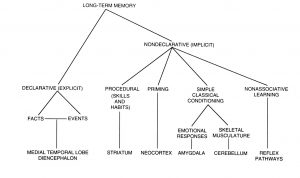
evans-ullman
Download HERE.
mit-implicit-explicit-learning
Download HERE.
tanya-evans-math-dyslexia
Download HERE.

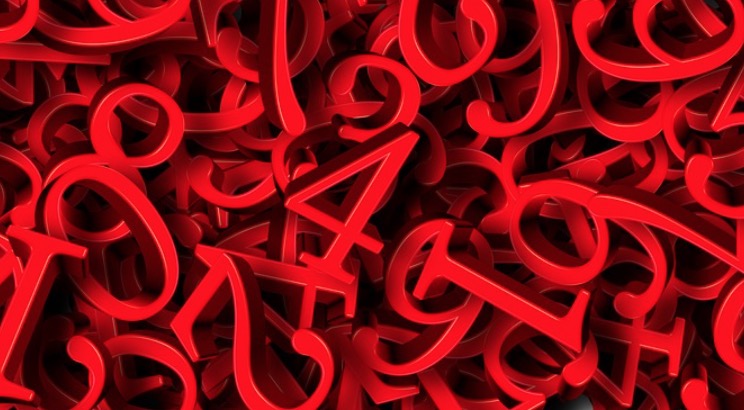
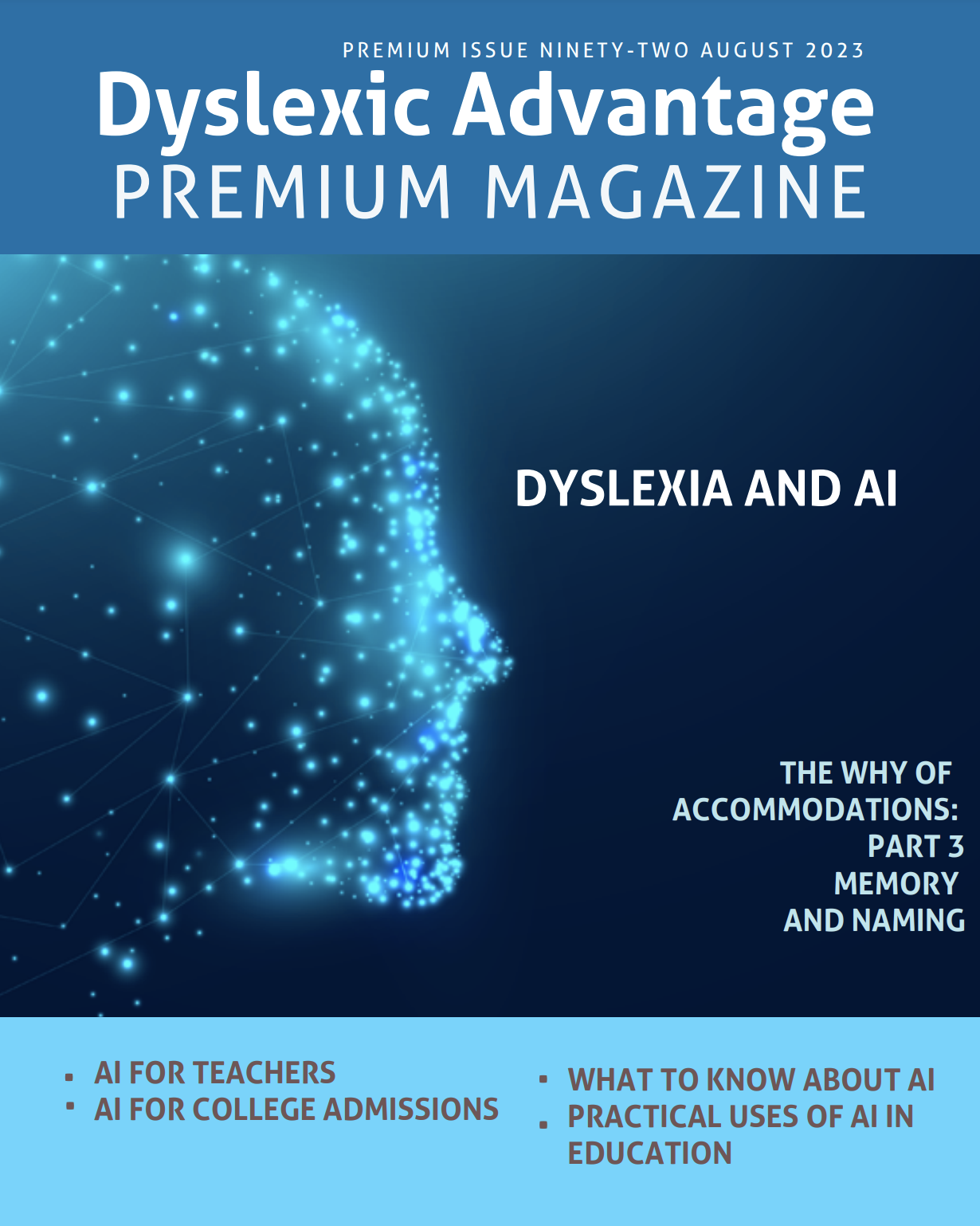


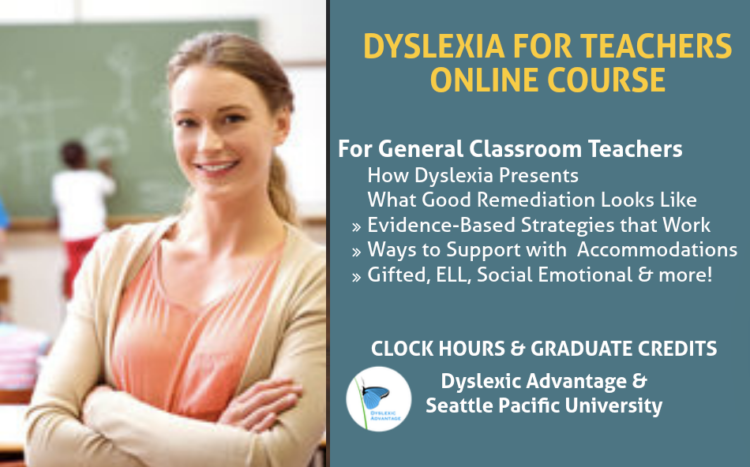

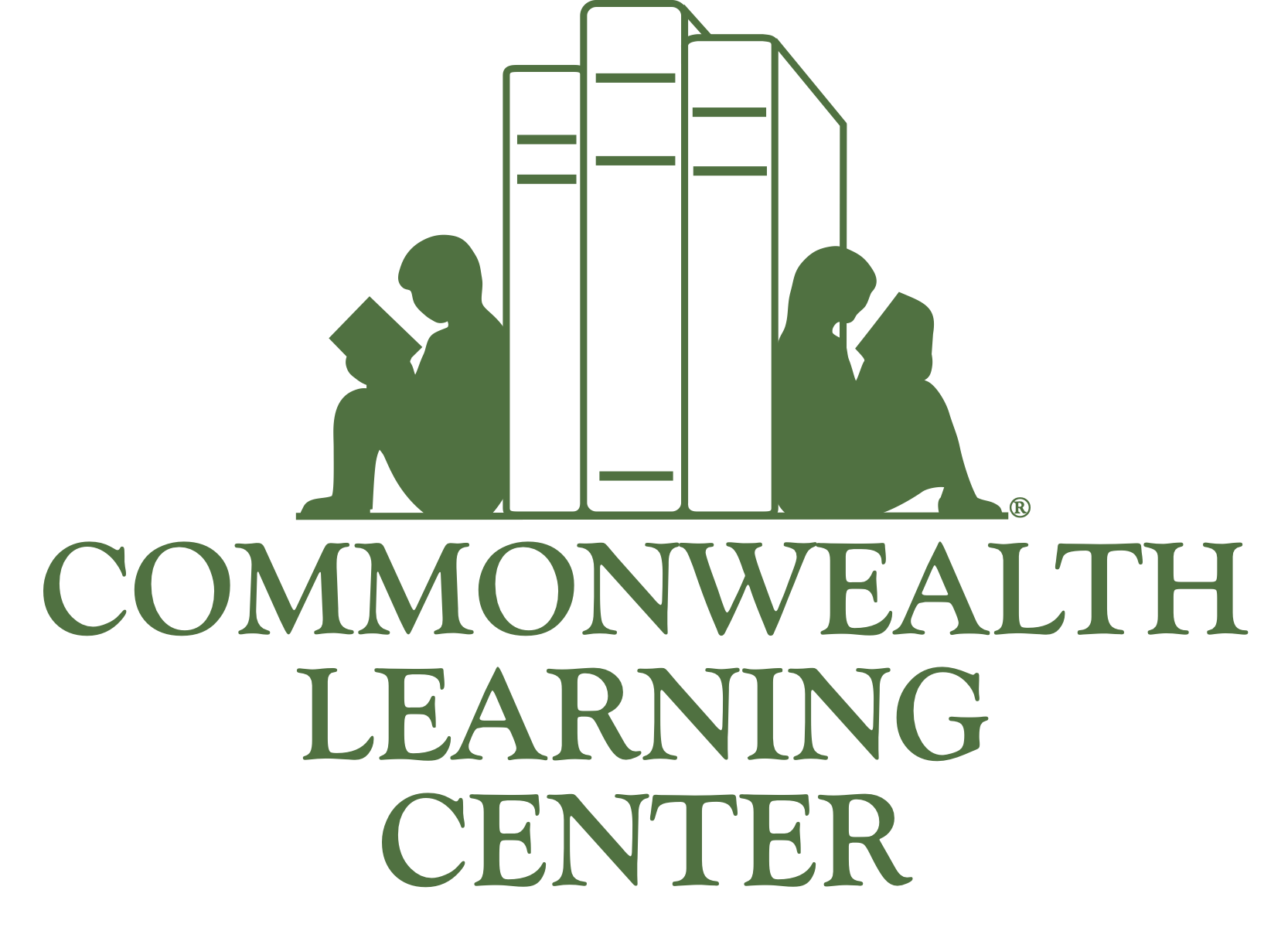
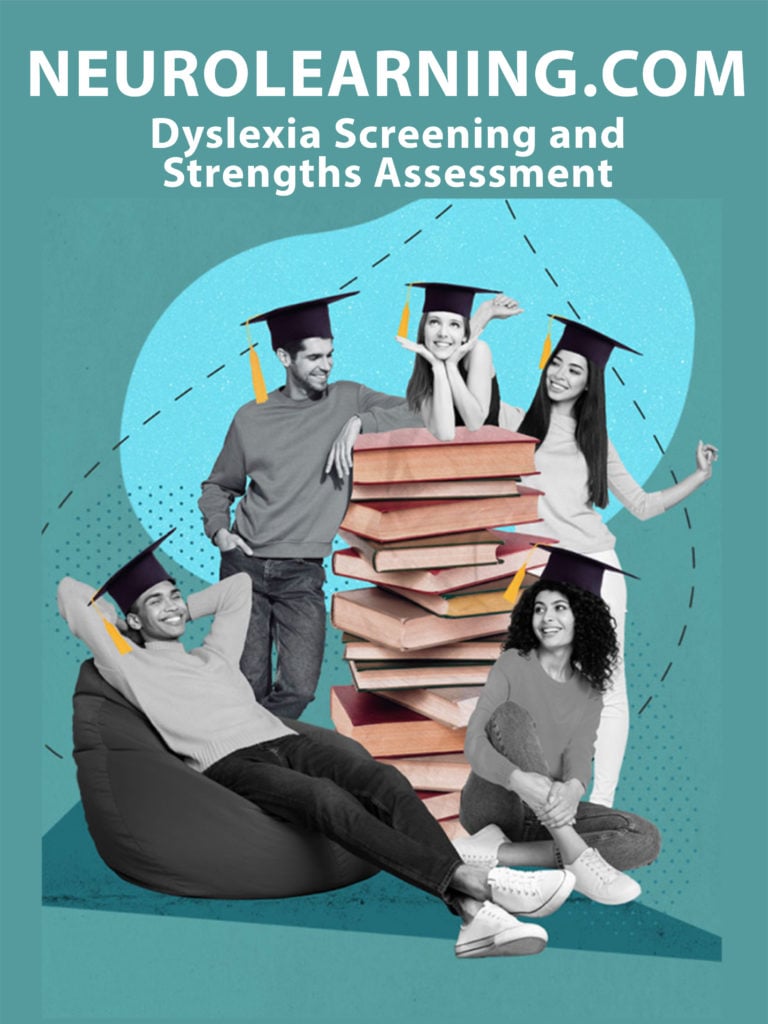





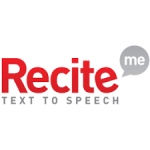

Excellent interview. I find this very much to be true with my kids, as they excel in math conceptually, but struggled with rote memorization of math facts. Can you recommend a method that can be used by dyslexic students to better memorize math procedure? What’s the best approach? For the researchers, if they look at the educational assessments of dyslexic children I think they would find that many score very high in areas like inductive and deductive reasonin, and other skills that are useful in STEM fields.